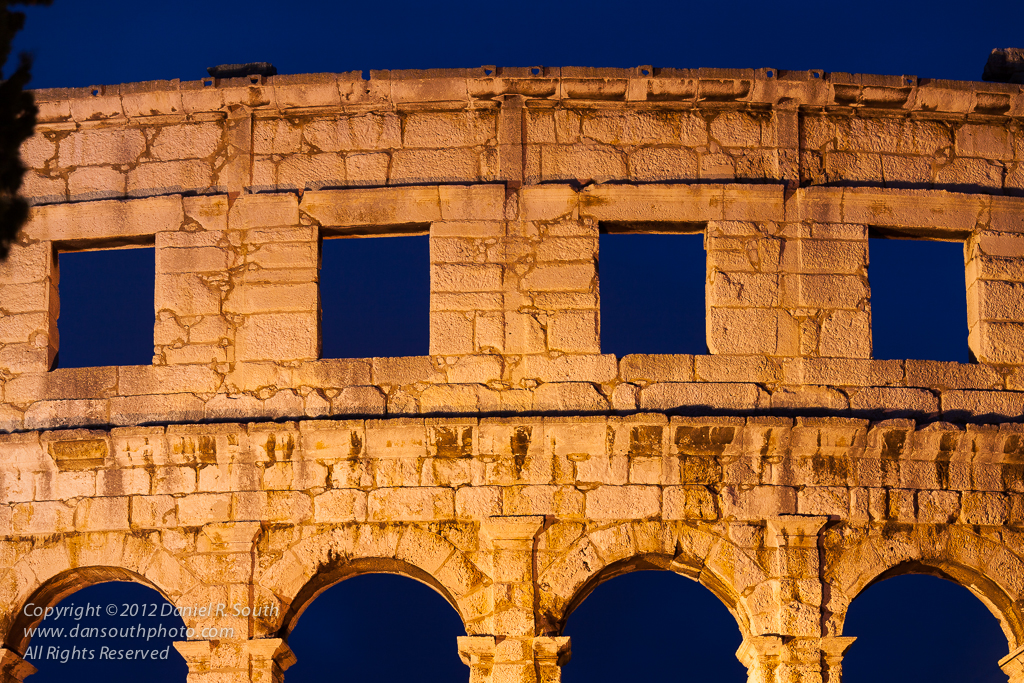I don't write about camera gear on my blogs. I prefer to discuss my photographs and the adventures that I encounter in the act of shooting.
Plenty of people blog about photography equipment. I don't feel the need to jump on the bandwagon. However, today, I'm ready to make an exception - sort of.
Plenty of people blog about photography equipment. I don't feel the need to jump on the bandwagon. However, today, I'm ready to make an exception - sort of.
Opinion Piece
The author of a respected photography blog wrote recently about what he perceives to be a lack of innovation by camera manufacturers. The piece was detailed and well written, and I found myself agreeing with most of the author's conclusions.
However, hours later, it dawned on me that such criticism, though entertaining for the reader, actually matter very little.
However, hours later, it dawned on me that such criticism, though entertaining for the reader, actually matter very little.
Turkeys Beware
Markets are self-correcting. If a manufacturer introduces an ill-conceived product, the public won't buy it. The product's designers and marketers will try to understand why the product wasn't popular. Eventually, they'll offer new products that, hopefully, avoid the pitfalls of the previous models.
Customers can complain. Bloggers can demand changes. But ultimately, sales keep a company in business. When sales tank, manufacturers listen. And they innovate - or at least they make the attempt.
El Dorado
This is a rich and rewarding age for anyone with an interest in photography. Today's cameras are very powerful, most lenses are very sharp, and there are models to fit just about any budget. If you like to take photographs, you'll find an embarrassment of riches waiting for you at your local camera store.
How much innovation do we require? How much more capable, compact, and economical do cameras need to become?
 |
| The View Camera in Action - Big Sur, Califormia |
Newer isn't necessarily better. We've all seen portrayals of photographers from "the olden days" stooping behind large, wooden cameras and viewing their images from under a black cloth. This "view camera" design is still in use today, and they are some of the most powerful cameras in the professional's arsenal.
Creating Photographs
Innovation is important, but dependence on innovation is foolish. Requests for newer and better tools often betray a lack of motivation and effort. If someone is unable or unwilling to produce photographs until some manufacturer makes it easier for them, I would question their dedication.
The equipment that's available today features capabilities that exceed what most of us could have imagined a few short years ago. We have enjoyed generation upon generation of advances in lens and sensor design, image quality and dynamic range, autofocus systems and image stabilization.
In decades past, photographers made sharp, striking images with far less powerful tools than the goodies that you can pick up today at your local electronics shop. Pick up a copy of LIFE or National Geographic from the Sixties or Seventies. The photographs are amazing.
We can spend our time and energy lamenting the absence of exciting innovations - and even that, I question, because a number of outstanding cameras have been introduced in the past few years. - Or we can invest our time and energy creating photographs.
Which is precisely why I don't like to waste time discussing gear on my photography blogs.
Innovation is important, but dependence on innovation is foolish. Requests for newer and better tools often betray a lack of motivation and effort. If someone is unable or unwilling to produce photographs until some manufacturer makes it easier for them, I would question their dedication.
The equipment that's available today features capabilities that exceed what most of us could have imagined a few short years ago. We have enjoyed generation upon generation of advances in lens and sensor design, image quality and dynamic range, autofocus systems and image stabilization.
In decades past, photographers made sharp, striking images with far less powerful tools than the goodies that you can pick up today at your local electronics shop. Pick up a copy of LIFE or National Geographic from the Sixties or Seventies. The photographs are amazing.
We can spend our time and energy lamenting the absence of exciting innovations - and even that, I question, because a number of outstanding cameras have been introduced in the past few years. - Or we can invest our time and energy creating photographs.
Which is precisely why I don't like to waste time discussing gear on my photography blogs.
Image captured with: Canon EOS 5D Mark II, EF 24-105mm f/4L IS USM
View camera (pictured): Ebony SV45-TE, Gitzo tripod, Really Right Stuff head
Light happens. Be ready. Shoot hard.
Copyright © 2014 Daniel R. South
All Rights Reserved








